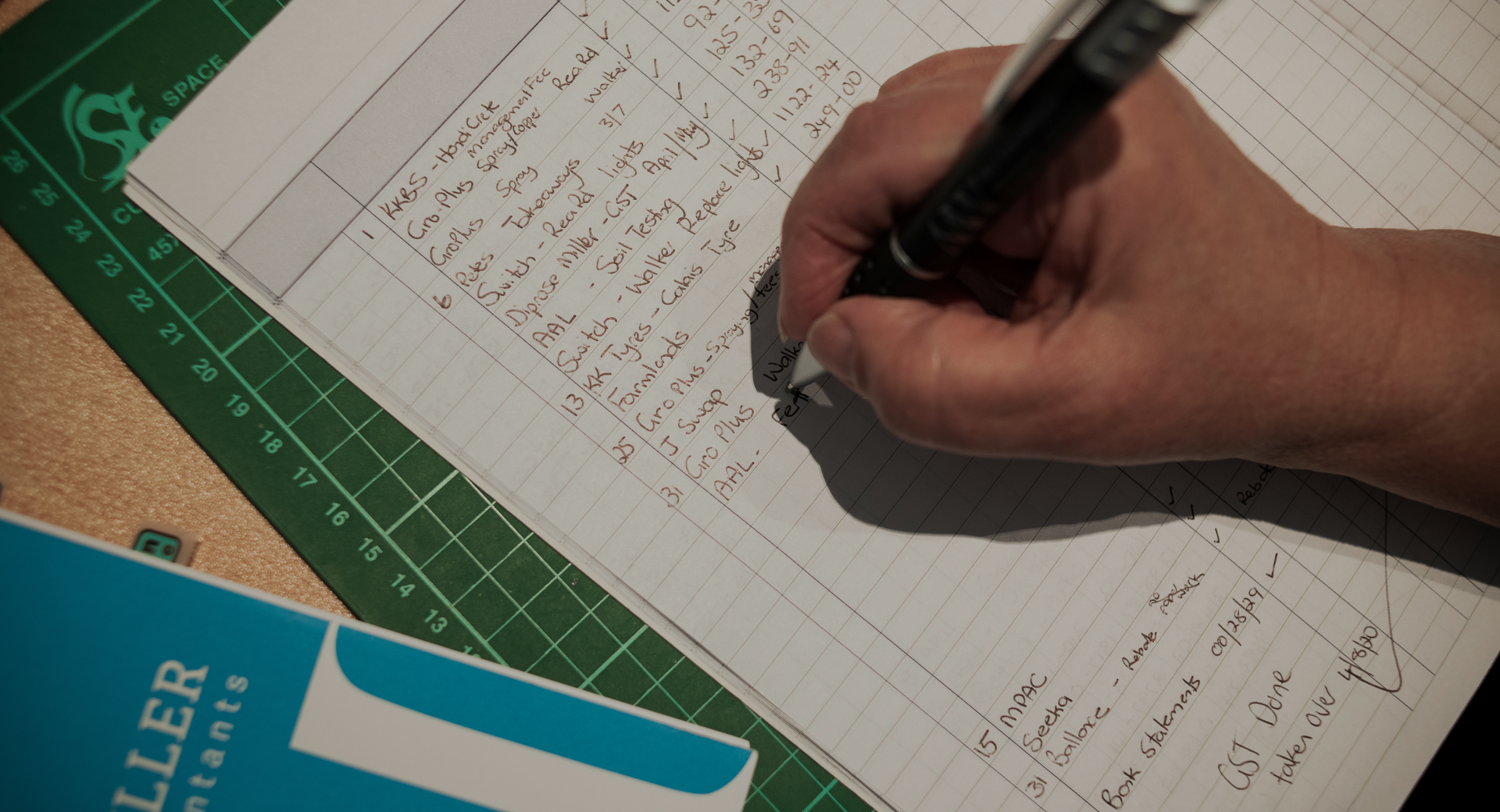Costs have been rising so it may be time to re-think your pricing, but how can you tell if you’re undercharging for your services? It can be particularly hard to tell if you’re a contractor or in a niche industry.
Here are five signs that you might be undercharging:
1. Nobody ever questions your quotes
When you provide new clients with quotes or invoices, do they accept the quote or invoice without asking any questions, requesting a breakdown, or wanting a discount? It’s possible they’re delighted to be getting such a great deal.
2. You’re run off your feet, but you can’t afford to get help
When you’re working yourself to the bone, but there’s not enough money left over to employ someone to help you, your prices are too low.
3. Your prices have been the same for two years or more
In most industries, prices increase slightly each year. If you leave your prices flat for too long, you’re doing yourself a disservice, and then, if you increase your prices to match others, it’s a big hike for customers. It’s a good idea to review your pricing each year.
4. You’re overbooked
Unless there’s a shortage in your industry, if you’re overbooked and can’t take on new clients, it’s likely you need to raise your prices.
5. Clients don’t treat you as well as they should
If you feel like your clients have more say than you do and that they’re taking you for granted, it could be that they don’t value you because your prices are too cheap. If they don’t see your time as valuable, they’re more likely to muck you around.
What should you be charging?
It can take a little time to find a ‘sweet spot’ for your pricing. It pays to do some research on your industry, ask around and find out what your competitors are charging. We can help with this as we have clients in similar industries so we might be able to give you some indication of typical fees, so give us a call or send us an email.













